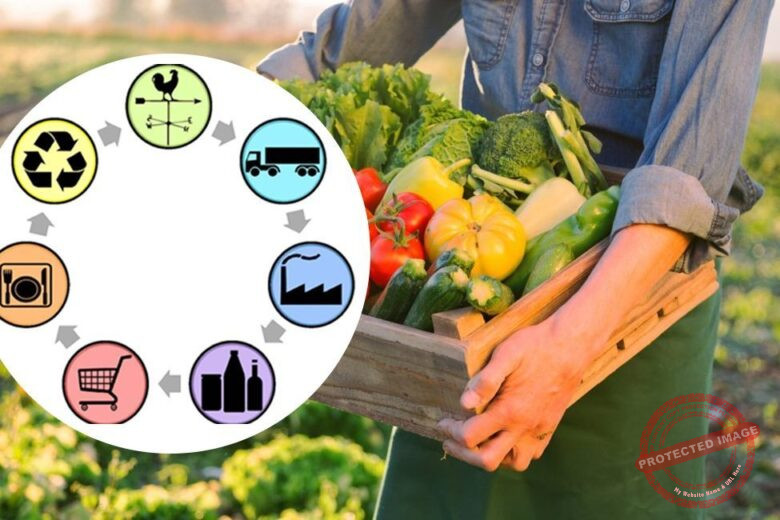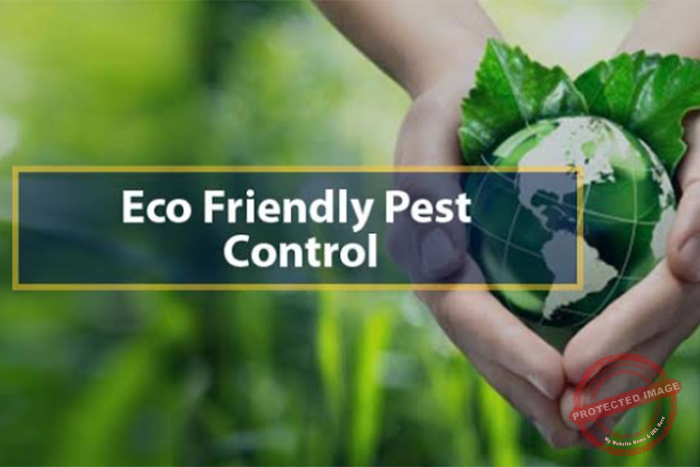Growing Juicy Tomatoes in Your Backyard
Imagine strolling through your garden on a warm summer day, plucking a plump, juicy tomato from the vine, and savoring its sun-kissed flavor. Growing tomatoes in your backyard can be a fulfilling and rewarding experience.
To ensure your tomato plants thrive and produce an abundance of fruit, it is crucial to establish an effective fertilizer schedule. In this article, we will delve into the world of tomato fertilization, providing you with expert advice, a recommended fertilizer schedule for tomatoes, and answers to frequently asked questions.
Read Also: Fertilizer Schedule for Lawns: A Comprehensive Guide to Achieving a Lush, Green Yard
Understanding the Nutritional Needs of Tomato Plants
Before we dive into the fertilizer schedule for tomatoes, it is essential to understand the nutritional requirements of these vibrant plants. Tomatoes are heavy feeders and require specific nutrients to flourish. The primary macronutrients tomatoes need are nitrogen (N), phosphorus (P), and potassium (K). These macronutrients play a vital role in the growth, fruit development, and overall health of tomato plants.
Read Also: Fertilizer Schedule for Sugarcane: Maximizing Yield with Proper Nutrient Management
Macronutrients for Tomatoes: A Brief Overview
To ensure your tomato plants receive adequate nutrition, here’s a breakdown of the primary macronutrients and their functions:
Nitrogen (N):
Nitrogen promotes lush foliage and vigorous growth in tomato plants. It aids in the synthesis of proteins, chlorophyll production, and overall plant development.
Read Also: Fertilizer Schedule for Apple Trees: Optimal Nutrition for Bountiful Harvests
Phosphorus (P):
Phosphorus contributes to root development, fruit formation, and the transfer of energy within the plant. It also enhances disease resistance and promotes early maturity.
Potassium (K):
Potassium plays a crucial role in overall plant health and vigor. It assists in photosynthesis, water regulation, and the transportation of nutrients within the plant. Additionally, potassium improves fruit quality and increases disease resistance.
Now that we have a basic understanding of the nutritional requirements of tomato plants, let’s explore the fertilizer schedule that will help maximize their growth and yield.
Read Also: 15 Best Fertilizers for Okra Farms [Organic & Inorganic]
Fertilizer Schedule for Tomatoes: Step-by-Step Guide
Establishing a well-structured fertilizer schedule is vital to ensure your tomato plants receive a consistent supply of nutrients throughout their growth cycle. Follow these steps to create an effective fertilizer schedule for tomatoes:
Step 1: Soil Testing
Before applying any fertilizer, it is crucial to test your soil’s pH level and nutrient content. A soil test will provide valuable insights into the specific deficiencies and pH imbalances in your soil. Contact your local agricultural extension office or utilize a soil testing kit to obtain accurate results.
Read Also: 15 Best Fertilizer for Sweet Potatoes Farm [Organic & Inorganic]
Step 2: Pre-Planting Fertilization
Prepare the soil by incorporating organic matter, such as compost or well-rotted manure, a few weeks before planting your tomato seedlings. This enriches the soil with essential nutrients and improves its texture and drainage. Avoid using high-nitrogen fertilizers at this stage, as they can lead to excessive foliage growth at the expense of fruit production.
Read Also: 15 Best Fertilizers for Tobacco [Organic & Inorganic]
Step 3: Applying Starter Fertilizer
Prior to transplanting your tomato seedlings into the garden, apply a balanced starter fertilizer with a formulation such as 5-10-10 or 10-20-20. These numbers represent the percentage by weight of nitrogen (N), phosphorus (P), and potassium (K) in the fertilizer. Incorporate the starter fertilizer into the planting holes at the recommended rate mentioned on the product label.
Read Also: 15 Best Fertilizers for Onions Farm [Organic & Inorganic]
Step 4: Side-Dressing During Early Growth
During the early growth stage, tomato plants benefit from additional nutrients to support their development. Side-dressing with a nitrogen-rich fertilizer helps provide the necessary boost. Follow these steps for effective side-dressing:
- Wait until your tomato plants have developed a few sets of true leaves before applying the side-dressing fertilizer.
- Choose a fertilizer with a higher nitrogen content, such as a 10-5-5 or 12-0-0 formulation.
- Apply the fertilizer in a band along the side of the plant, about 4-6 inches away from the stem.
- Gently work the fertilizer into the soil surface and water thoroughly to ensure the nutrients penetrate the root zone.
- Avoid applying excessive amounts of nitrogen, as it can lead to excessive foliage growth and reduced fruit production.
Read Also: 15 Best Fertilizer for Cocoa Farm [Organic & Inorganic]
Step 5: Mid-Season Fertilization for Optimal Yield
As the tomato plants continue to grow and set fruit, they require a balanced supply of nutrients to ensure a bountiful harvest. Follow these guidelines for mid-season fertilization:
- Use a balanced fertilizer with a formulation such as 10-10-10 or 14-14-14.
- Apply the fertilizer evenly around the base of the plants, keeping it approximately 6-8 inches away from the stem.
- Work the fertilizer into the soil surface and water thoroughly to facilitate nutrient absorption.
- Repeat the mid-season fertilization process every 4-6 weeks, depending on the specific needs of your tomato plants.
- Be cautious not to over-fertilize, as excessive nutrients can lead to imbalances and detrimental effects on plant health.
Read Also: 15 Best Fertilizer for Cabbage Organic & Inorganic
Step 6: Adjusting Fertilization for Fruit Set and Ripening
As the tomato plants transition into the fruiting stage, it is crucial to adjust the fertilizer application to support proper fruit development and ripening. Follow these recommendations:
- Switch to a low-nitrogen, high-phosphorus fertilizer, such as a 5-10-10 or 0-10-10 formulation. This shift in nutrient balance promotes fruit formation and enhances flavor.
- Apply the fertilizer sparingly around the base of the plants, avoiding direct contact with the developing fruit.
- Water thoroughly after each application to ensure proper nutrient uptake.
- Adjust the frequency of fertilizer application based on the specific requirements of your tomato variety and growing conditions.
- Monitor the plants closely for any signs of nutrient deficiencies or excesses, such as yellowing leaves or stunted growth, and make adjustments accordingly.
Read Also: 15 Best Fertilizers for Carrot Organic & Inorganic: Boost Your Carrot Growth!
Step 7: Ceasing Fertilization as Harvest Approaches
As the tomato plants near the end of their growing season and the fruits begin to ripen, it is essential to gradually reduce or stop fertilizer applications. This helps promote natural ripening and prevents an excessive supply of nutrients. Follow these guidelines for late-season fertilization:
- Approximately 3-4 weeks before the anticipated final harvest, cease all fertilizer applications.
- Focus on maintaining adequate soil moisture and providing proper care to support the ripening process.
- Allow the plants to utilize the remaining nutrients in the soil and channel their energy towards fruit maturation.
- Avoid over-watering during this stage, as it may dilute the flavor of the tomatoes.
Read Also: 15 Best Fertilizers for Maize: Organic & Inorganic
How often should I fertilize my tomato plants?
The frequency of fertilization depends on various factors such as soil quality, weather conditions, and the specific needs of your tomato plants. As a general guideline, apply fertilizer every 4-6 weeks during the growing season, adjusting the frequency based on the plant’s specific requirements and visual cues of nutrient deficiencies or excesses.
Can I use organic fertilizers for tomatoes?
Absolutely! Organic fertilizers, such as compost, well-rotted manure, and fish emulsion, are excellent choices for feeding tomato plants. They provide a slow-release source of nutrients and contribute to soil health and fertility. Follow the recommended application rates for organic fertilizers and amend the soil with organic matter before planting.
Should I use foliar feeding in addition to soil fertilization?
Foliar feeding, which involves applying liquid fertilizers directly to the leaves, can supplement soil fertilization but should not replace it entirely. Foliar feeding provides a quick nutrient boost and is beneficial during periods of high demand or stress. However, the majority of nutrient uptake occurs through the roots, so focus on maintaining a well-balanced soil fertility program for optimal results.
What are the signs of over-fertilization in tomato plants?
Over-fertilization can lead to several symptoms in tomato plants, including leaf burn, stunted growth, wilting, and an increased susceptibility to diseases. Additionally, excessive foliage growth at the expense of fruit production is another sign of over-fertilization. It is crucial to follow recommended application rates and monitor your plants closely for any signs of nutrient imbalances.
Can I use slow-release fertilizers for tomatoes?
Yes, slow-release fertilizers can be an effective option for tomatoes. These fertilizers release nutrients gradually over an extended period, providing a steady supply of nutrients to the plants. Follow the manufacturer’s instructions for application rates and timing, and ensure the slow-release fertilizer is compatible with tomato plants.
Can I create my own homemade tomato fertilizer?
Absolutely! Many gardeners create their own homemade tomato fertilizers using organic materials such as compost, compost tea, or worm castings. These homemade fertilizers can be beneficial for providing essential nutrients and improving soil fertility. Research various recipes and experiment to find the combination that works best for your tomato plants.
Conclusion: Nurture Your Tomatoes for a Bountiful Harvest
A well-executed fertilizer schedule is a vital component of successful tomato cultivation. By understanding the nutritional needs of your tomato plants and following a systematic approach to fertilization, you can ensure robust growth, abundant fruit set, and ultimately, a bountiful harvest of delicious tomatoes.
Adjust the fertilizer formulation and frequency as the plants progress through different stages, and closely monitor their overall health. With care, patience, and the right balance of nutrients, your tomato plants will thrive, rewarding you with a delightful summer harvest.

![How To Buy Farmland For Investment [Farmer’s Guide]](https://agrolearner.com/wp-content/uploads/2024/01/Farmland.jpg)


Thank for the good information as it will me as a startup tomato farmer.